A ceiling light plays a crucial role in creating a comfortable and inviting living room. It not only provides essential illumination but also sets the mood and ambiance of the space. The right ceiling light can transform a dull and uninspiring room into a warm and welcoming haven. Whether you’re entertaining guests, spending quality time with your family, or simply relaxing after a long day, the lighting in your living room can greatly impact your overall experience.
Lighting has a profound effect on our mood and emotions. Bright, well-lit spaces can make us feel more energized and alert, while soft, dim lighting can create a cozy and intimate atmosphere. By choosing the right ceiling light for your living room, you can create the perfect ambiance for any occasion. Whether you want to create a bright and lively space for social gatherings or a calm and relaxing environment for unwinding, the right lighting can make all the difference.
In addition to setting the mood, a well-chosen ceiling light can also enhance the overall aesthetic of your living room. It can serve as a focal point or complement the existing decor, tying the room together and creating a cohesive look. With so many options available, from elegant chandeliers to sleek pendant lights, you can find a ceiling light that not only meets your functional needs but also adds style and personality to your living room.
Types of Ceiling Lights: Choosing the Right One for Your Living Room
When it comes to choosing a ceiling light for your living room, there are several types to consider. Each type has its own unique features and benefits, so it’s important to understand the pros and cons of each before making a decision.
Chandeliers are a popular choice for living rooms with high ceilings or large spaces. They add an element of elegance and sophistication to any room and can serve as a stunning focal point. However, chandeliers can be quite expensive and may require professional installation due to their size and weight.
Pendant lights are another versatile option for living rooms. They come in a variety of styles and sizes, making it easy to find one that suits your taste and fits your space. Pendant lights can be used as task lighting over a dining table or as ambient lighting in a seating area. They are also relatively easy to install and can be adjusted to the desired height.
Flush mounts are a practical choice for living rooms with low ceilings or limited space. They are installed directly against the ceiling, providing a sleek and streamlined look. Flush mounts are available in a wide range of styles, from traditional to modern, making them suitable for any decor.
Recessed lights, also known as can lights or downlights, are installed into the ceiling and provide a clean and minimalist look. They are ideal for creating a uniform and even distribution of light throughout the room. Recessed lights can be used as general lighting or accent lighting, depending on the placement and direction of the fixtures.
When choosing the right ceiling light for your living room, there are several factors to consider. First, think about the size of your space and the height of your ceiling. A large chandelier may overwhelm a small room, while a small pendant light may get lost in a large space. Consider the function of the room and how much light you need. If you use your living room primarily for entertaining guests, you may want to opt for brighter lighting. Finally, think about your personal style and the overall aesthetic of your living room. Choose a ceiling light that complements your existing decor and adds visual interest to the space.
Size and Placement: How to Position Your Ceiling Light for Maximum Impact
Once you’ve chosen the right type of ceiling light for your living room, it’s important to consider the size and placement of the fixture. Proper sizing and placement can greatly impact the overall look and feel of the room, so it’s worth taking the time to get it right.
When determining the size of your ceiling light, consider the dimensions of your living room. A general rule of thumb is to choose a fixture that is proportional to the size of the room. For example, a small pendant light may look out of place in a large living room, while a large chandelier may overwhelm a small space. Consider the height of your ceiling as well. If you have high ceilings, you may be able to choose a larger fixture, while low ceilings may require a more compact option.
In terms of placement, there are a few guidelines to keep in mind. For general lighting, the fixture should be positioned in the center of the room to provide even illumination throughout. If you have multiple seating areas or distinct zones in your living room, you may want to consider installing multiple ceiling lights to ensure adequate lighting in each area.
For task lighting, such as over a dining table or reading nook, the fixture should be positioned directly above the area where the task will be performed. This will provide focused and targeted lighting where it is needed most. Consider the height at which the fixture should be installed to ensure optimal lighting for the task at hand.
When it comes to creating a balanced and visually appealing lighting scheme, it’s important to consider layering your lighting. This involves using a combination of different types of lighting, such as ambient, task, and accent lighting, to create depth and dimension in the room. In addition to your ceiling light, consider incorporating floor lamps, table lamps, and wall sconces to create a well-rounded lighting scheme.
While proper sizing and placement are important for achieving optimal lighting in your living room, there are also some common mistakes to avoid. One common mistake is choosing a fixture that is too small for the space. This can make the room feel unbalanced and underlit. On the other hand, choosing a fixture that is too large can overwhelm the space and make it feel cramped. Another common mistake is installing the fixture too high or too low. The height at which the fixture is installed can greatly impact the distribution of light and the overall look of the room. It’s important to carefully consider the height at which the fixture should be installed to ensure optimal lighting and visual appeal.
Style and Design: Matching Your Ceiling Light to Your Living Room Décor
When choosing a ceiling light for your living room, it’s important to consider the style and design of the fixture. A well-chosen ceiling light can enhance the overall aesthetic of your living room and create a cohesive look.
To choose a ceiling light that complements your living room style and design, start by considering the existing decor elements in the room. Take note of the colors, patterns, and textures used in your furniture, flooring, and accessories. This will help you determine the overall style of your living room, whether it’s traditional, modern, rustic, or eclectic.
Once you have a sense of your living room style, you can begin to explore different styles of ceiling lights that will complement your decor. Traditional chandeliers with crystal accents are a classic choice for traditional living rooms. They add a touch of elegance and sophistication to any space. For modern living rooms, sleek and minimalist pendant lights or flush mounts are a popular choice. These fixtures have clean lines and simple designs that complement contemporary decor.
In addition to considering the overall style of your living room, think about the specific design elements you want to highlight or accentuate with your ceiling light. For example, if you have a beautiful piece of artwork or a statement piece of furniture in your living room, you may want to choose a ceiling light that draws attention to these elements. Consider the shape, color, and material of the fixture to ensure it complements and enhances the existing design elements in your living room.
When choosing a ceiling light, it’s also important to consider the size and scale of the fixture in relation to the other elements in the room. A small pendant light may get lost in a large living room, while a large chandelier may overwhelm a small space. Consider the height of your ceiling as well. If you have high ceilings, you may be able to choose a larger fixture, while low ceilings may require a more compact option.
To create a cohesive look with your ceiling light and other living room decor elements, consider using similar materials, finishes, or design motifs throughout the space. For example, if you have a brass coffee table in your living room, you may want to choose a ceiling light with brass accents to tie the room together. Similarly, if you have a lot of natural wood furniture in your living room, you may want to choose a ceiling light with a wood finish to create a cohesive look.
Materials and Finishes: Choosing the Right Materials for Your Ceiling Light
When choosing a ceiling light for your living room, it’s important to consider the materials and finishes used in the fixture. The right materials can greatly impact the durability and longevity of your ceiling light.
Ceiling lights are available in a wide range of materials, from metal and glass to wood and fabric. Each material has its own unique characteristics and benefits, so it’s important to choose one that suits your needs and preferences.
Metal is a popular choice for ceiling lights due to its durability and versatility. It can be finished in a variety of ways, including polished, brushed, or painted, to create different looks and styles. Metal fixtures are also relatively easy to clean and maintain.
Glass is another common material used in ceiling lights. It can be clear or frosted, depending on the desired level of transparency. Glass fixtures can add a touch of elegance and sophistication to any space. However, they may require more frequent cleaning to remove fingerprints and smudges.
Wood is a warm and natural material that can add a rustic or organic touch to your living room. Wood fixtures are often finished with a stain or varnish to enhance the natural beauty of the wood. However, wood may not be suitable for all environments, as it can be susceptible to moisture and temperature changes.
Fabric is a softer and more delicate material that can add a touch of luxury and elegance to your living room. Fabric shades are often used in pendant lights and chandeliers to diffuse the light and create a warm and inviting glow. However, fabric shades may require more frequent cleaning to remove dust and dirt.
When choosing the right materials for your ceiling light, consider factors such as durability, maintenance, and compatibility with your living room environment. For example, if you have young children or pets, you may want to choose a material that is easy to clean and resistant to damage. If you live in a humid or damp climate, you may want to choose a material that is resistant to moisture.
In addition to considering the materials used in the fixture itself, think about the finishes used on the metal components of the ceiling light. Finishes such as chrome, brass, and bronze can greatly impact the overall look and style of the fixture. Choose a finish that complements your living room decor and adds visual interest to the space.
When selecting materials and finishes for your ceiling light, it’s also important to consider quality. Choose high-quality materials that are built to last. Investing in a well-made fixture may cost more upfront but will save you money in the long run by reducing the need for repairs or replacements.
Lighting Technology: Exploring the Latest Trends in Ceiling Light Technology

Advancements in lighting technology have revolutionized the way we illuminate our living spaces. From smart lighting systems to energy-efficient LED lights, there are a variety of options available to enhance the functionality and efficiency of your ceiling light.
One of the latest trends in ceiling light technology is smart lighting. Smart lighting systems allow you to control your lights from anywhere using a smartphone or voice commands. You can adjust the brightness, color temperature, and even create custom lighting scenes to suit your mood or activity. Smart lighting systems can also be integrated with other smart home devices, such as thermostats and security systems, to create a seamless and connected living environment.
LED lights are another popular choice for ceiling lights due to their energy efficiency and long lifespan. LED lights use significantly less energy than traditional incandescent or fluorescent bulbs, resulting in lower electricity bills and reduced carbon emissions. LED lights also last much longer than traditional bulbs, reducing the need for frequent replacements. In addition to being energy-efficient, LED lights are available in a wide range of colors and color temperatures, allowing you to create the perfect ambiance for any occasion.
When incorporating advanced lighting technology into your living room, it’s important to consider the compatibility and ease of use of the system. Choose a smart lighting system that is compatible with your existing devices and easy to install and operate. Similarly, when choosing LED lights, look for high-quality bulbs that are dimmable and have a high color rendering index (CRI) for optimal light quality.
Energy Efficiency: How to Save Money and Reduce Your Carbon Footprint with Your Ceiling Light
In addition to the aesthetic and functional benefits of choosing the right ceiling light for your living room, there are also environmental and financial benefits to consider. By opting for energy-efficient lighting options, you can save money on your electricity bill and reduce your carbon footprint.
Energy-efficient ceiling light options include LED lights, compact fluorescent lamps (CFLs), and halogen incandescent bulbs. These bulbs use significantly less energy than traditional incandescent bulbs, resulting in lower electricity consumption and reduced greenhouse gas emissions. Energy-efficient bulbs also last much longer than traditional bulbs, reducing the need for frequent replacements.
To further reduce your energy consumption and save money on your electricity bill, consider using dimmer switches or timers with your ceiling light. Dimmer switches allow you to adjust the brightness of the light to suit your needs and preferences, while timers can automatically turn off the lights when they are not in use.
In addition to choosing energy-efficient bulbs and using dimmer switches or timers, there are other steps you can take to reduce your energy consumption and environmental impact. Make sure to turn off lights when you leave a room and take advantage of natural light whenever possible. Keep your ceiling light fixtures clean and free of dust and dirt, as this can reduce their efficiency. Finally, consider installing motion sensors or occupancy sensors in your living room to automatically turn off the lights when no one is present.
By incorporating energy-efficient lighting options and adopting energy-saving habits, you can not only save money on your electricity bill but also contribute to a more sustainable future.
Installation: Tips and Tricks for Installing Your Ceiling Light
Installing a ceiling light in your living room may seem like a daunting task, but with the right tools and instructions, it can be a relatively straightforward process. Here are some tips and tricks to help you successfully install your ceiling light.
Before you begin the installation process, make sure to turn off the power to the circuit that supplies electricity to the existing light fixture. This can be done by flipping the corresponding circuit breaker in your electrical panel. It is important to ensure that there is no electricity flowing to the light fixture to avoid any potential accidents or electrical shocks during the installation process. Once the power is turned off, you can proceed with safely removing the existing light fixture and installing the new one.
If you’re looking to update your living room ceiling light, you may also be interested in exploring the latest trends in home decorating. Check out this article on “The Best Tips for Home Decorating That Are Fun and Effective” from Parlor Showroom. From choosing the right color palette to incorporating statement pieces, this article offers valuable insights to transform your living space into a stylish and inviting haven. Read more


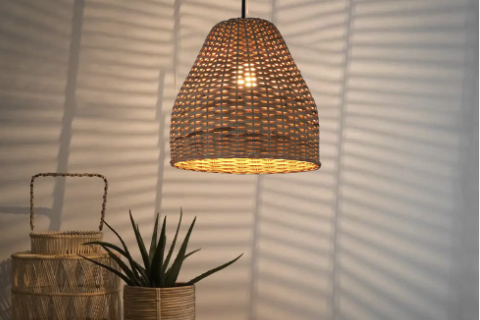
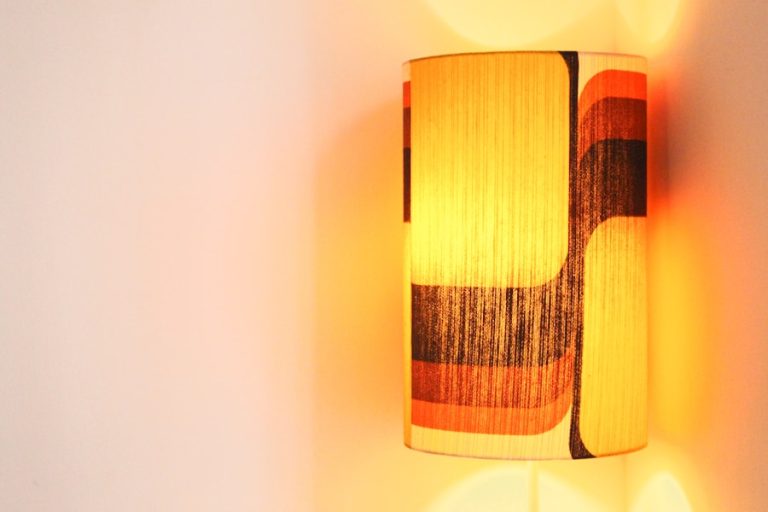
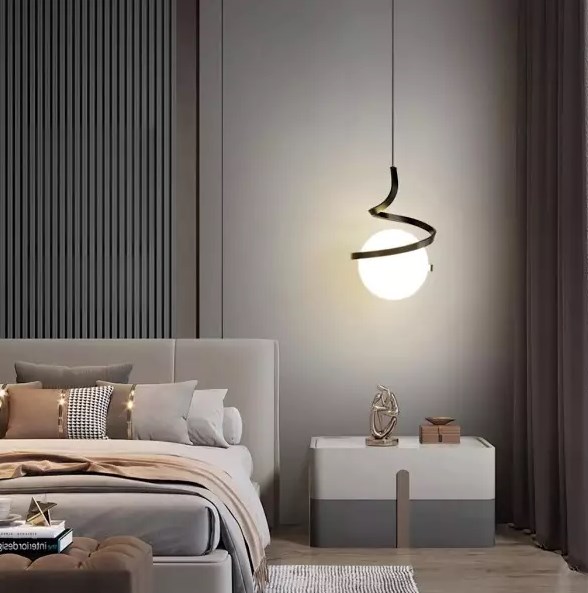


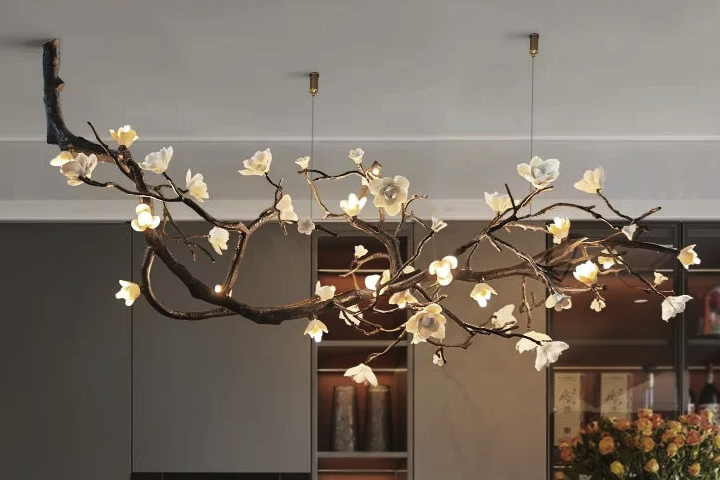

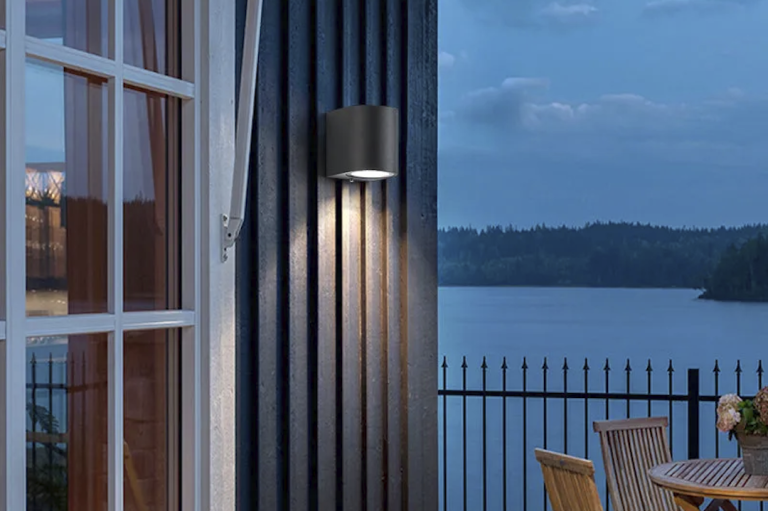
+ There are no comments
Add yours